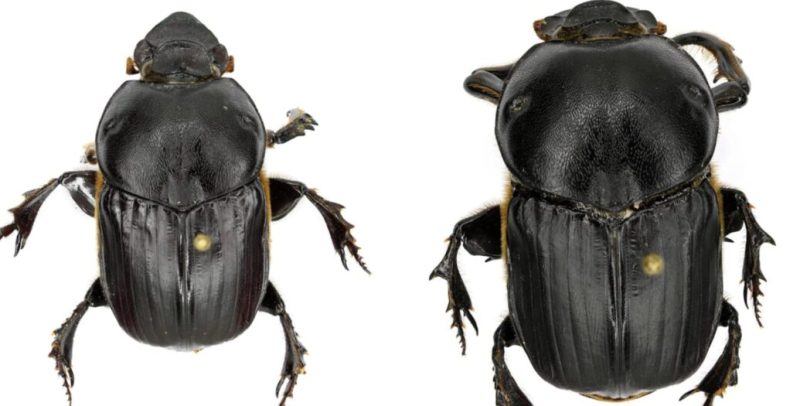SHILLONG: Researchers have made a significant discovery in the wilds of Meghalaya from an elephant dung. A dung beetle species— Onitis bordati— was discovered in a bamboo-dominated secondary forest near Nongkhyllem Wildlife Sanctuary.
The study, conducted by Seena Narayanan Karimbumkara and Priyadarsanan Dharma Rajan from the Ashoka Trust for Research in Ecology and the Environment (ATREE), identified the species Onitis bordati in a forest near the Sanctuary.
According to the study, Onitis bordati was previously unknown in the Indian subcontinent. The discovery marks the first documented occurrence of the species in India, expanding its known range.
Notably, dung beetle species were previously only found in Vietnam and Thailand.
The discovery highlights the importance of preserving northeastern India’s habitats, as many species, including this dung beetle, play crucial roles in their ecosystems.
Nongkhyllem Wildlife Sanctuary is a popular tourist destination located in the Ri-Bhoi district of Meghalaya, near the village of Lailad. Covering an area of 29 square kilometers, this sanctuary offers visitors a chance to explore the region’s diverse flora and fauna.
The sanctuary is home to a variety of wildlife, including the elusive Clouded Leopard, majestic Elephants, and the powerful Himalayan Black Bear. Birdwatchers will also be delighted to spot the rare Great Slaty Woodpecker among the sanctuary’s avian inhabitants.
Dung beetles are beetles that feed on faeces. Some species of dung beetles can bury dung 250 times their mass in one night.
Dung beetles are known for their ecological functions, such as seed dispersal, nutrient cycling, and pest control, and plant growth.
The species belonging to the genus Onitis are tunnellers. Males of most species have distinctive forelegs that are long, slender, and curved, often with teeth or spines.
The research, based on specimens collected over two decades, contributes to the understanding of India’s insect biodiversity. It also emphasizes the urgent need for conservation efforts to protect these ecologically fragile areas.
The dung beetles were collected using a variety of methods. These included open traps baited with cow dung, light traps, and manual collection from the dung of other herbivores.
“These findings emphasize the importance of preserving habitats in northeastern India, as we are still uncovering species that play critical roles in their ecosystems,” said Dr Seena Karimbumkara, lead author of the study.
ALSO READ: Meghalaya launches ‘Back-to-School’ campaign to re-enroll dropouts
With habitat destruction and climate change posing significant threats, the study underscores the importance of sustainable conservation strategies that involve local communities in protecting the rich biodiversity of regions like Assam and Meghalaya.















